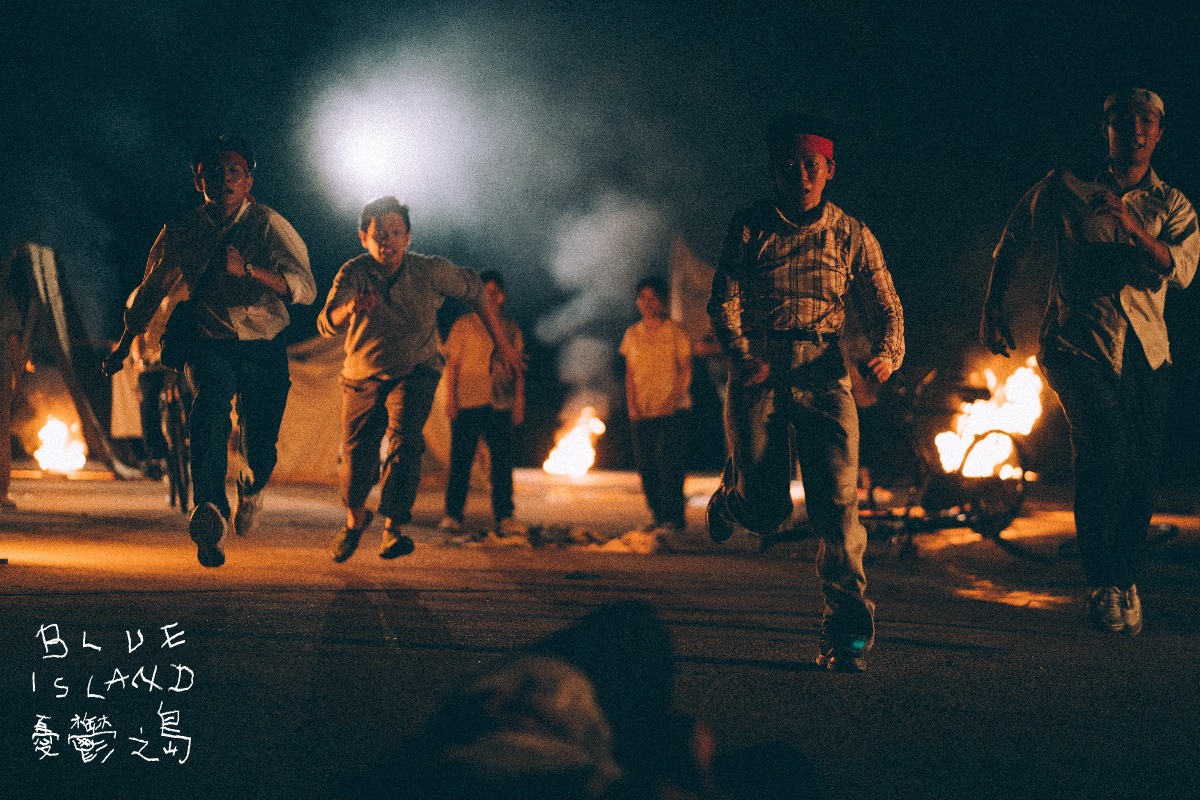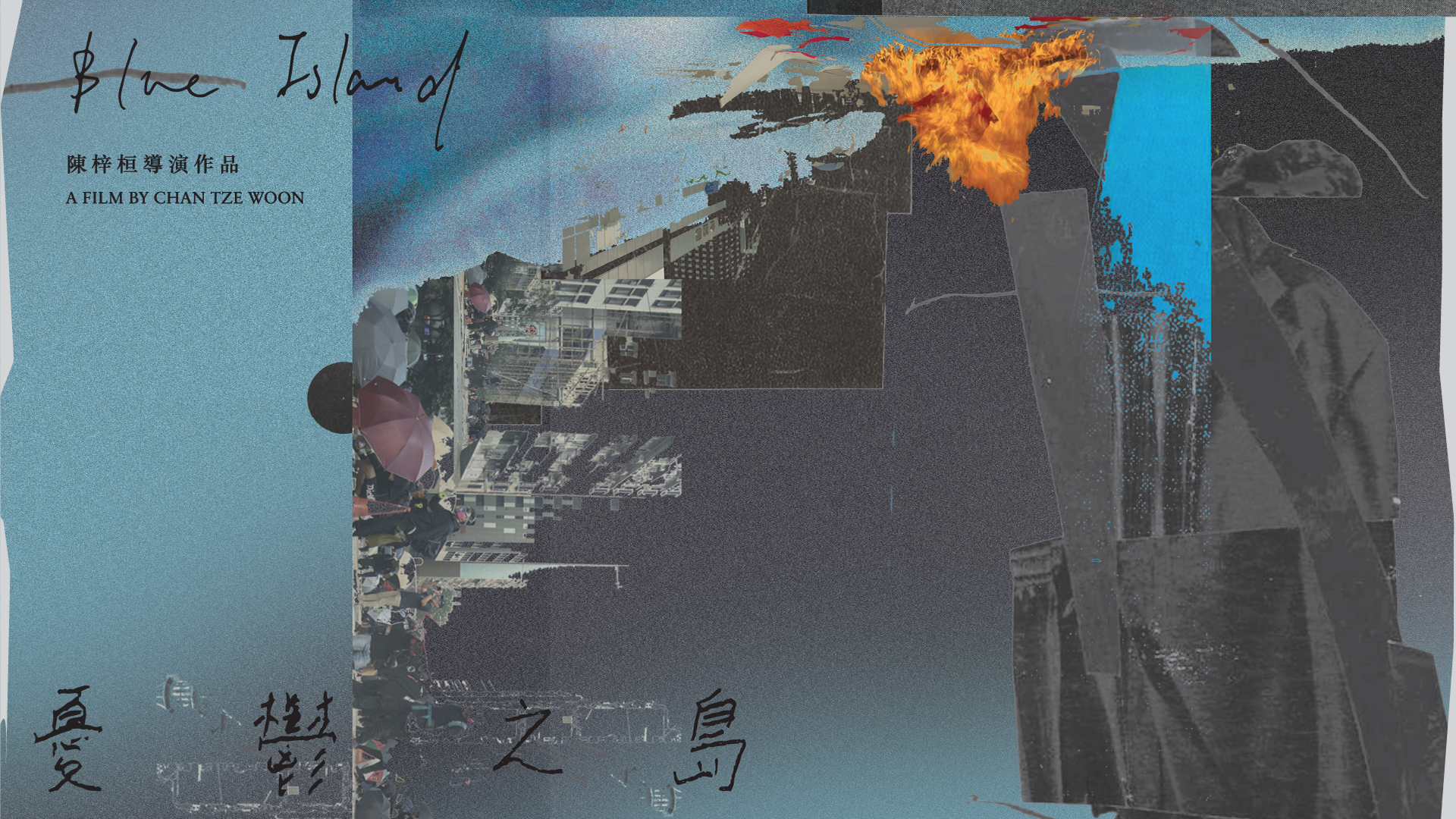by Brian Hioe
語言:
English
Photo Credit: 憂鬱之島/Facebook
This is a No Man is an Island film review written in collaboration with Cinema Escapist, as part of coverage of the International Film Festival Rotterdam. Keep an eye out for more!
THERE ARE FEW words fit to describe Blue Island, apart from “masterpiece.” The film stands out as an example of its genre, while also managing to be highly powerful and personal.
In particular, there has been a wave of Hong Kong documentary films documenting the social turmoil that Hong Kong has faced since not only the 2019 protests, but the 2014 Umbrella Movement and beyond. One rarely sees a social movement captured from so many angles, with different films focusing on different players in the movement, or zooming in on specific aspects of the movement or particular events.

Photo credit: 憂鬱之島/Facebook
Blue Island stands out for its breadth, in featuring individuals ranging from “Long Hair” Leung Kwok-hung to former student union leader and district councilor Lester Shum. What is unique about the film, however, is that it does not merely feature protest scenes, interviews, and footage of the personal lives of activists. Instead, it also walks viewers through moments in Hong Kong history, while asking contemporary social movement participants to reenact these moments in history.
This proves highly evocative, drawing out the many parallels in Hong Kong history. It is a fascinating moment, for example, witnessing Hong Kong localist activists act out leftists persecuted during the 1967 Leftist Riots for their political loyalty to China by British colonial authorities. The parallel to China’s persecution of them for their rejection of a Chinese identity advocacy of a local Hong Kong identity is self-evident. The film, then, asks contemporary activists to reflect on this history.

Photo credit: 憂鬱之島/Facebook
From this, the film can be said to be aspiring towards the creation of a Hong Kong subject, in some sense, but pointing to this historical repetition. Hong Kong, as the film suggests, is at the fulcrum of being at the margins of greater powers. To be a Hongkonger, then, is to be subject to historical flux at the margins of these powers.
As such, Blue Island rises above other Hong Kong protest documentary. Not only does it succeed in capturing the perspectives of protesters that have paid a high personal price for their activism, but it also crystallizes something about Hong Kong history, and the shared temporal condition of Hongkongers. Blue Island is a must-see for anyone invested in contemporary events in Hong Kong and what is the struggle of a generation.



